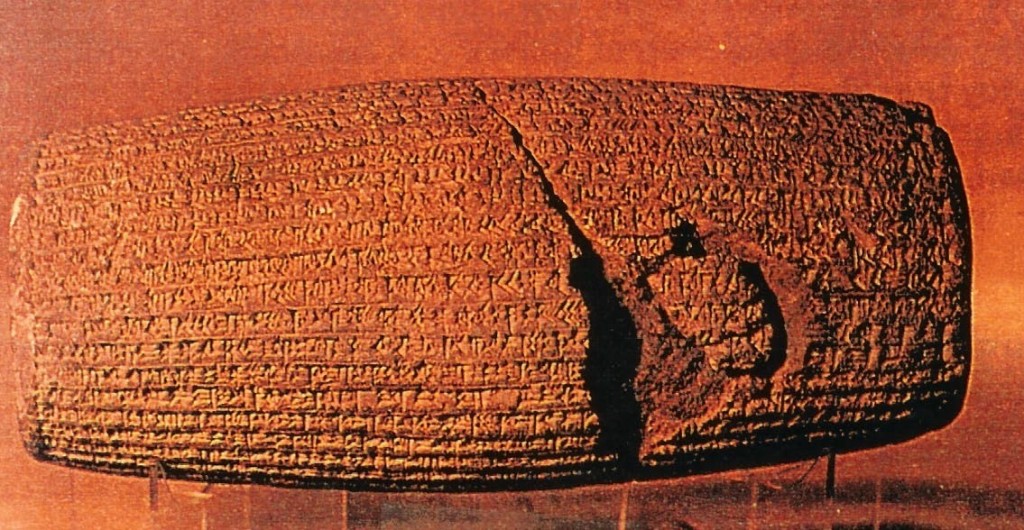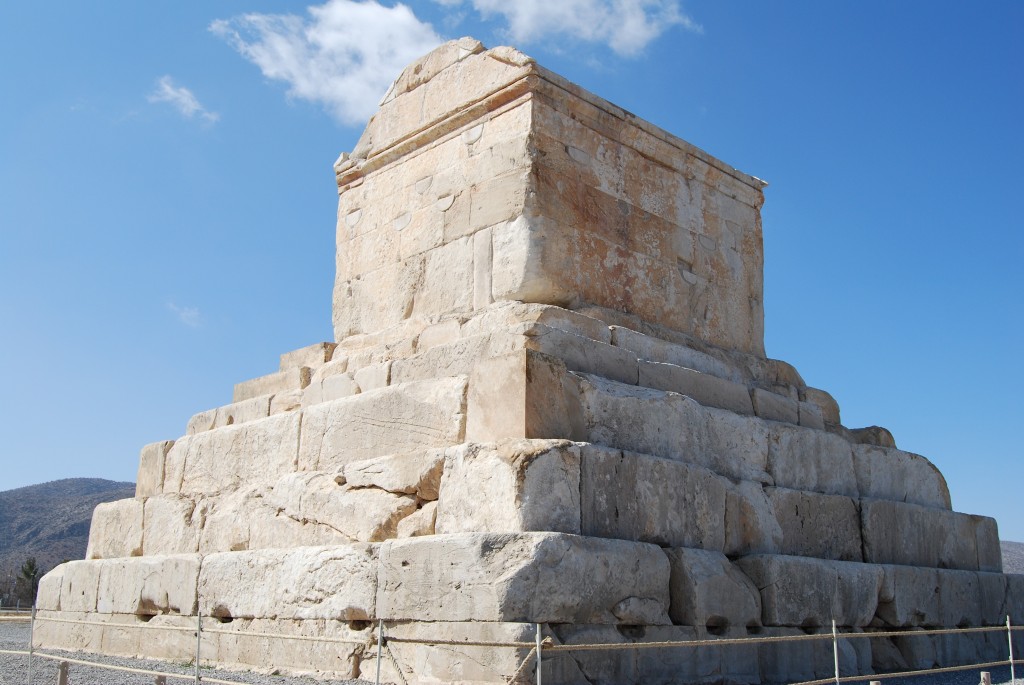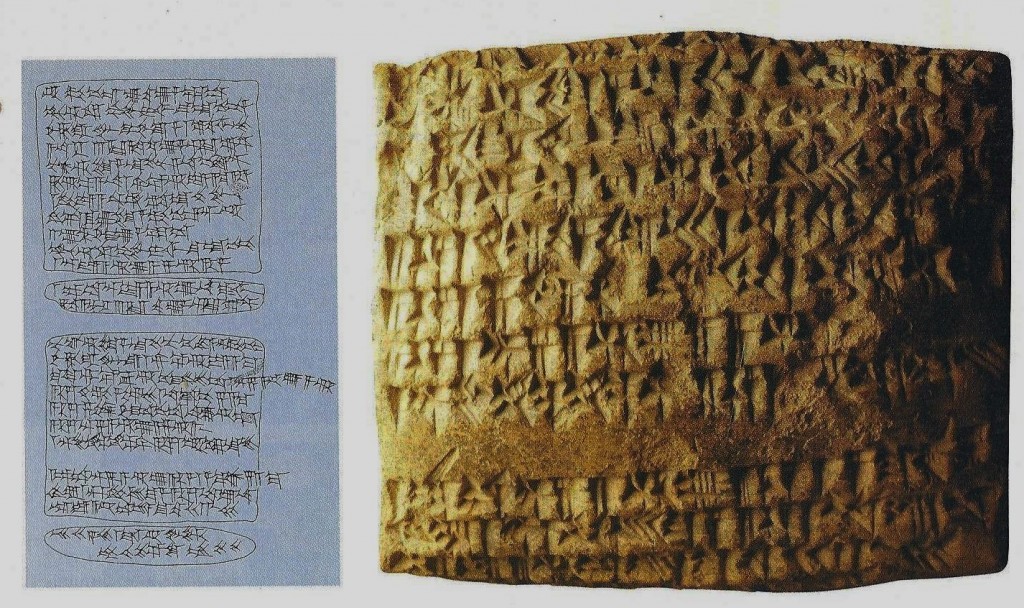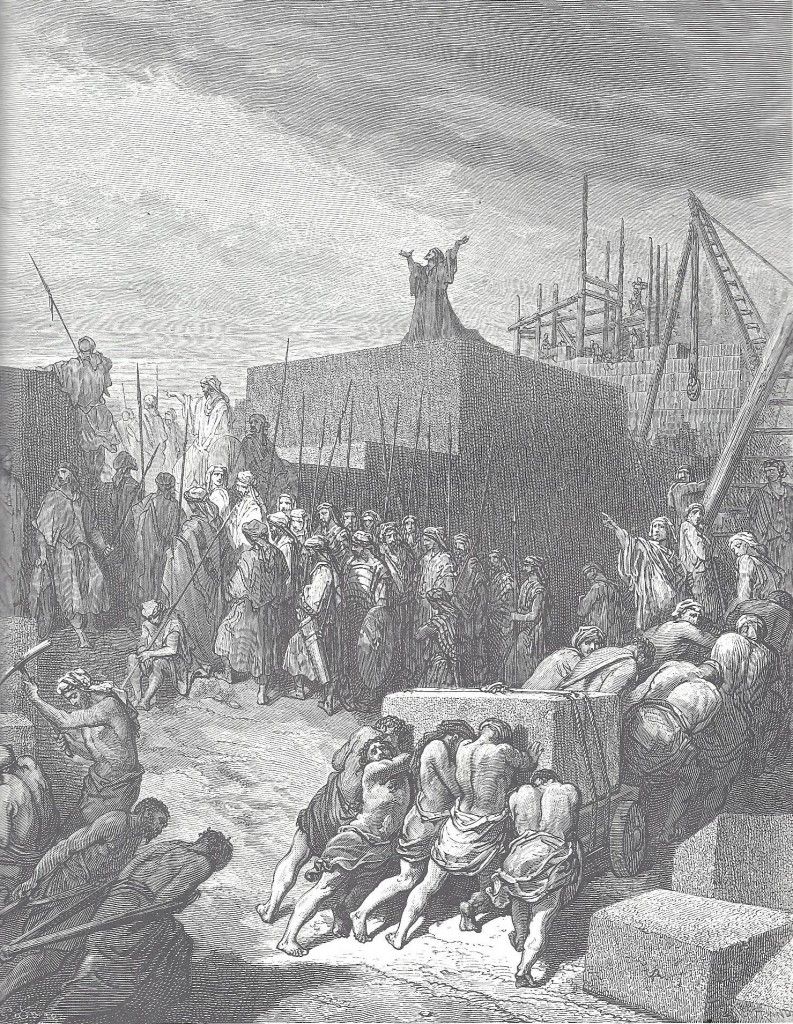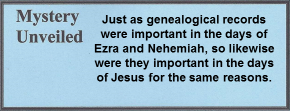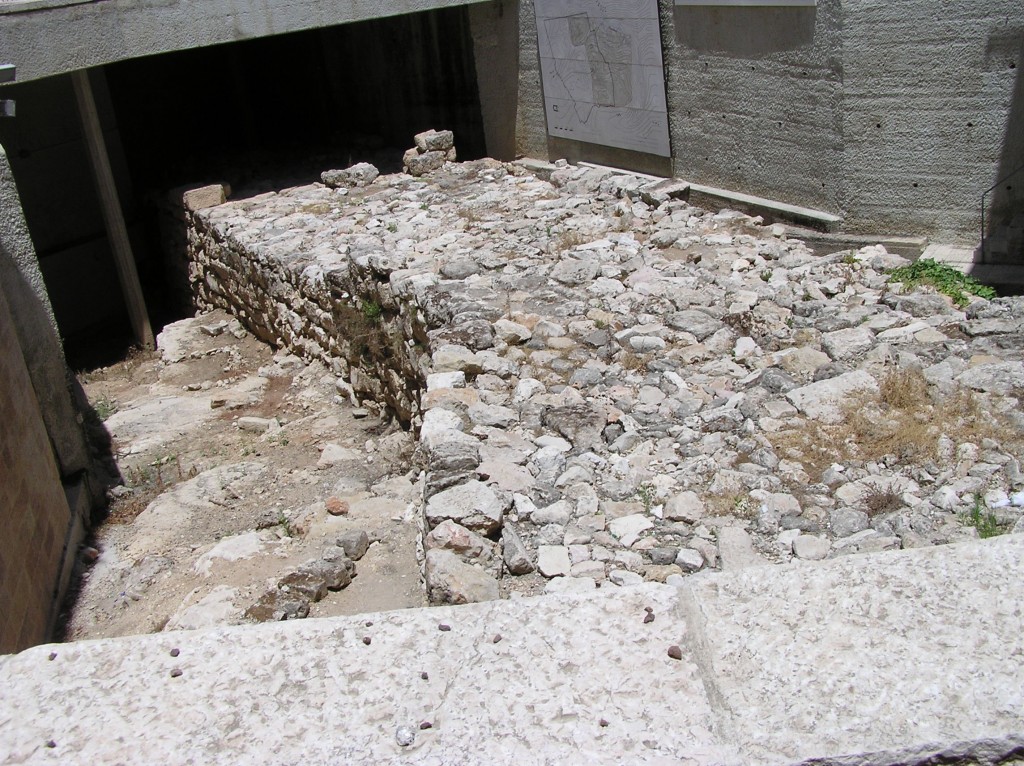03.02.12 6th Century B.C. Religion of the Zoroaster
During the reign of the Persian King Darius, there was a revival of the ancient Persian religions. A young reformer by the name of Zoroaster claimed to have been taken up into the El-burz Mountains, where he spoke with God and was given laws by which to live. According to the Greek historian Lucius Mestrius Plutarch,[1] Zoroaster returned to his people and taught that there was one good eternal God by the name Ormuzd/Oromazes and one evil god of darkness named Ahriman/Areimanius. Mithras was the mediator between the two divine powers.[2] On the futuristic Day of Judgment, the followers of good and evil would be judged and separated forever. Good people would be rewarded and evil ones punished.[3] In essence, he imitated the actions of Moses.
Ormuzd was to be worshiped in the presence of fire because he was the light of the universe. The evil one was so greatly despised that his name was written backwards and upside down. The doctrines of Zoroaster were recorded in several sacred books of the Persians, including the Zend-Avesta.[4] Darius, the grandson of Cyrus II, eventually became a follower of the religion, which increased its popularity. Today it is most prominent in Bombay, India, where it is known as Parsees.
The displacement of the Jews gives prominence to an overwhelming possibility that the establishment of Zoroastrianism was due to the strong influences from dispersed Jews. While scholars will debate a number of points of the two religions, others are clearly related. For example, in Zoroastrian theology Angra Mainyu/Ahriman is an evil spirit that is hostile, brings death into the world (Yasna 30.4), and has evil spirits under his control (30.6). This is clearly a reflection of Satan in the Judeo-Christian tradition. The god of truth and righteousness is Ahura Mazda (30.8) who has a helper by the name of Druj. Together they fight against Angra Mainyu Ahriman. According to this doctrine, there will be an end of time when evil spirits will be delivered into the hands of Ahura Mazda[5] for a final destruction.[6] Other doctrines are the unity of God, the doctrine of an evil and good spirit, the doctrine of resurrection for the just and judgment for the wicked, the concept of the end of the earth, and the use of fire or light as in the Shekinah, the emblem of deity.[7] However, it should be noted that while there are similarities, the unity of Judaism was in direct opposition to the dualism of the Persian system.[8] Those who argue that the Jews borrowed from the Persians forget that Judaism was well established and flourishing for more than a millennium before the rise of the Zoroaster.
The Persian Empire became extremely prosperous during Jewish captivity. With its massive wealth and luxury there was also a decline of moral virtues and corruption of the legal system. The Persians, who at one time were known for their purity and simplicity of manners, had become as morally depraved as any pagan culture in the ancient Near East. Later, magi from the king would travel west to Jerusalem looking for the One who was born to be the king of the Jews. They too were looking for a messiah who would restore their land. Some scholars believe that the magi, or wise men, may have been influenced by the newly created religion and by their Jewish neighbors.

[1]. Plutarch a/k/a Lucius Mestrius Plutarchus, (A.D. 45-120) was a Greek historian, essayist and biographer who is known for two books, Parallel Lives which included the Life of Alexander, and Moralia. His few surviving works appear to have been written in Koine Greek, the common Greek language of the first century. See Warmington, ed. Plutarch’s Lives: Demosthenes and Cicero, Alexander and Caesar, Vol 7.
[2]. Plutarch, Concerning Isis and Osiris. 46.
[3]. Finegan, Myth and Mystery. 69-71; Geikie, The Life and Words of Christ. 1:137-38.
[4]. Geikie, The Life and Words of Christ. 1:137-38
[5]. See Yasna 30.8 and Yasht 19.95-96 which are the holy books of Zoroasterism.
[6]. Finegan, Myth and Mystery. 115-17; Geikie, The Life and Works of Christ. 1:137-38.
[7]. Blaikie, A Manuel of Bible History. 363-66.
[8]. Geikie, The Life and Works of Christ. 1:139.
